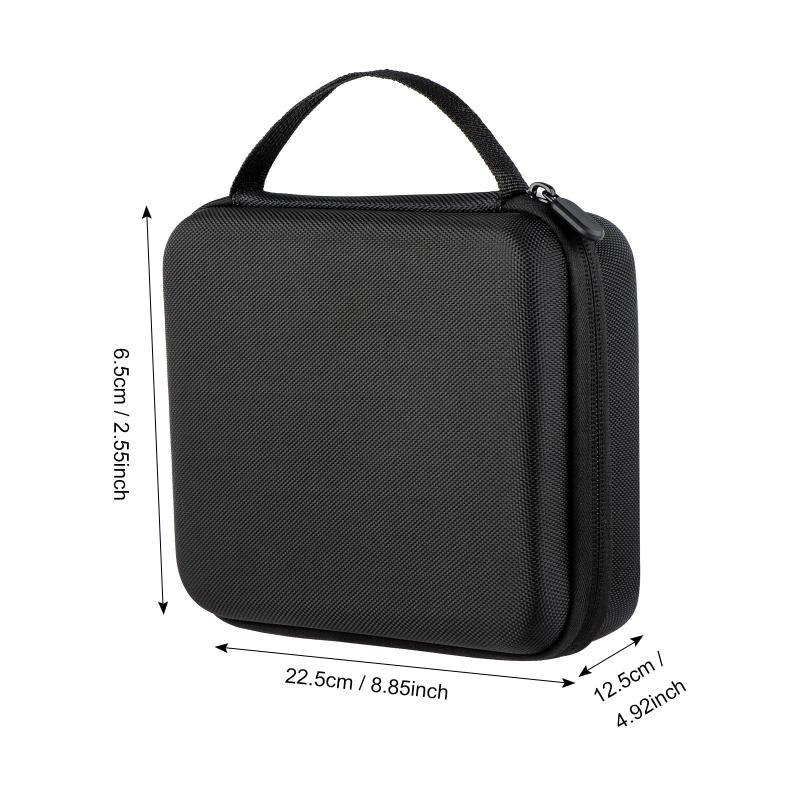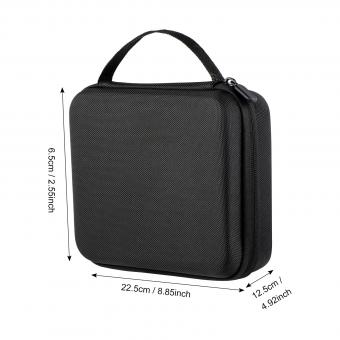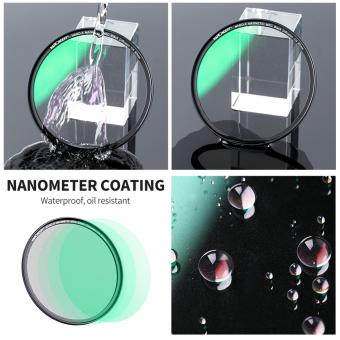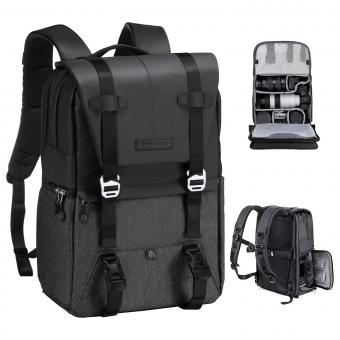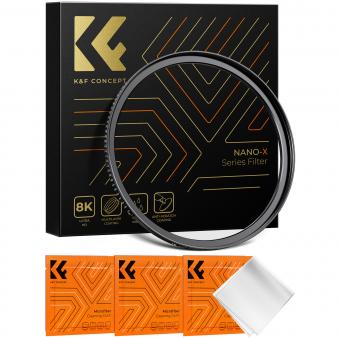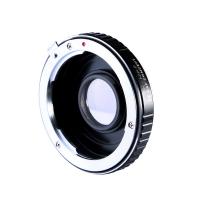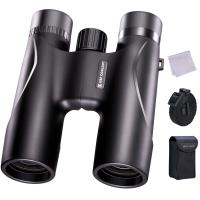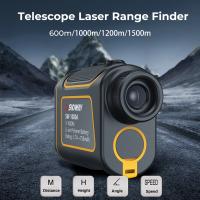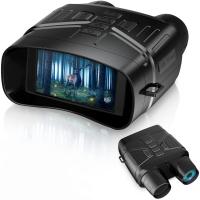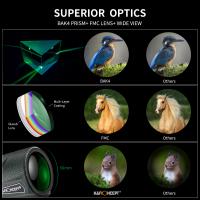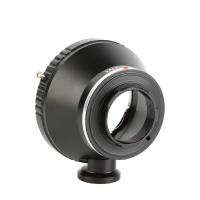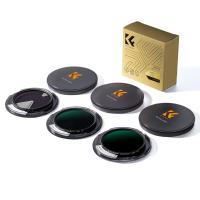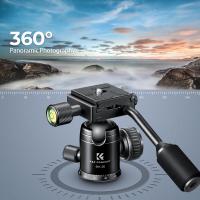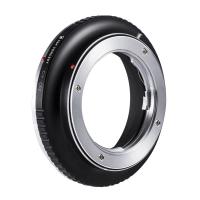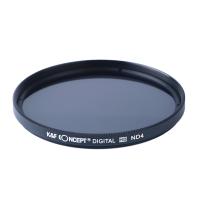How To Store Camera Filters ?
Camera filters should be stored in a dry and cool place, away from direct sunlight and extreme temperatures. It is recommended to keep them in their original protective cases or pouches to prevent scratches and dust accumulation. If the filters do not come with a case, they can be stored in a filter wallet or a padded pouch. It is important to keep the filters organized and labeled for easy access and identification. Additionally, it is recommended to clean the filters before storing them to remove any dirt or fingerprints that may have accumulated during use.
1、 Filter Cases
Filter cases are the best way to store camera filters. These cases are designed to protect your filters from scratches, dust, and other potential damage. They come in different sizes and shapes, so you can choose the one that fits your filters perfectly.
One of the latest points of view on filter cases is that they should be made of high-quality materials that can withstand wear and tear. Some of the best filter cases are made of durable nylon or leather, which can protect your filters from accidental drops or bumps.
Another important aspect to consider when storing camera filters is organization. Filter cases should have compartments or dividers that allow you to keep your filters organized and easily accessible. This will save you time when you need to switch filters quickly.
Lastly, it's important to keep your filter case clean and dry. Make sure to wipe it down with a soft cloth and store it in a dry place when not in use. This will prevent any moisture or dust from accumulating inside the case and potentially damaging your filters.
In summary, filter cases are the best way to store camera filters. They should be made of high-quality materials, have compartments for organization, and be kept clean and dry. By following these tips, you can ensure that your filters are protected and ready to use whenever you need them.
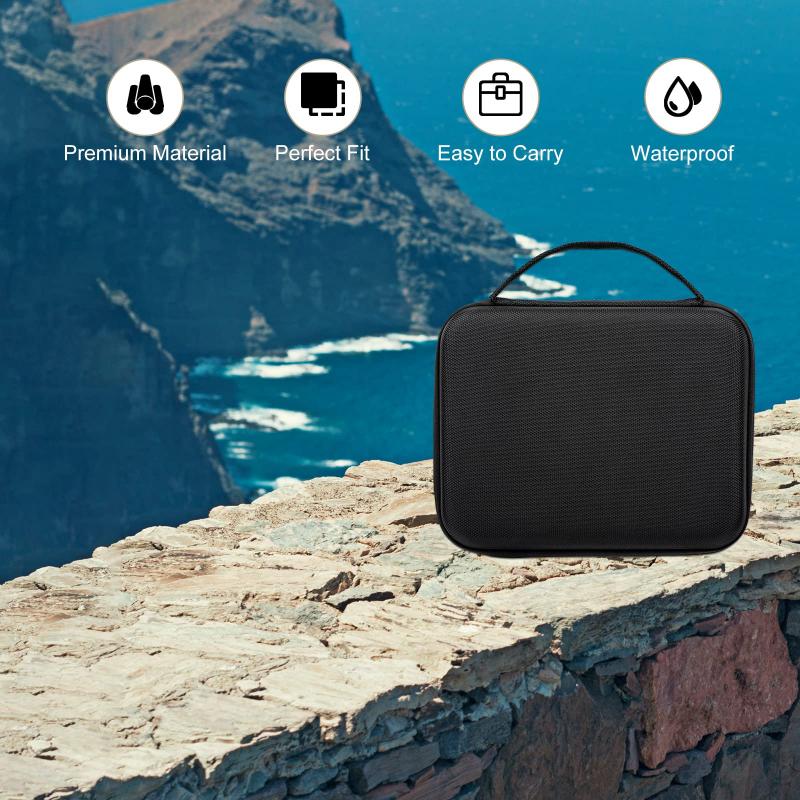
2、 Filter Pouches
How to store camera filters? The best way to store camera filters is by using filter pouches. These pouches are designed to hold filters securely and protect them from scratches, dust, and other potential damage. Filter pouches come in different sizes and can hold multiple filters, making them a convenient storage solution for photographers who use multiple filters.
The latest point of view on storing camera filters is that filter pouches are still the most practical and efficient way to store filters. They are lightweight, compact, and easy to carry around, making them ideal for photographers who are always on the go. Additionally, filter pouches are affordable and can be purchased in different materials, such as leather, nylon, or neoprene, depending on your preference.
When storing filters in a filter pouch, it is important to keep them organized and labeled. This will help you quickly identify the filter you need and prevent any confusion or mix-ups. It is also recommended to store filters in a cool, dry place away from direct sunlight to prevent any damage or discoloration.
In conclusion, filter pouches are the best way to store camera filters. They are practical, efficient, and affordable, making them an essential accessory for any photographer who uses filters. By keeping your filters organized and labeled, you can easily access them when you need them and protect them from potential damage.
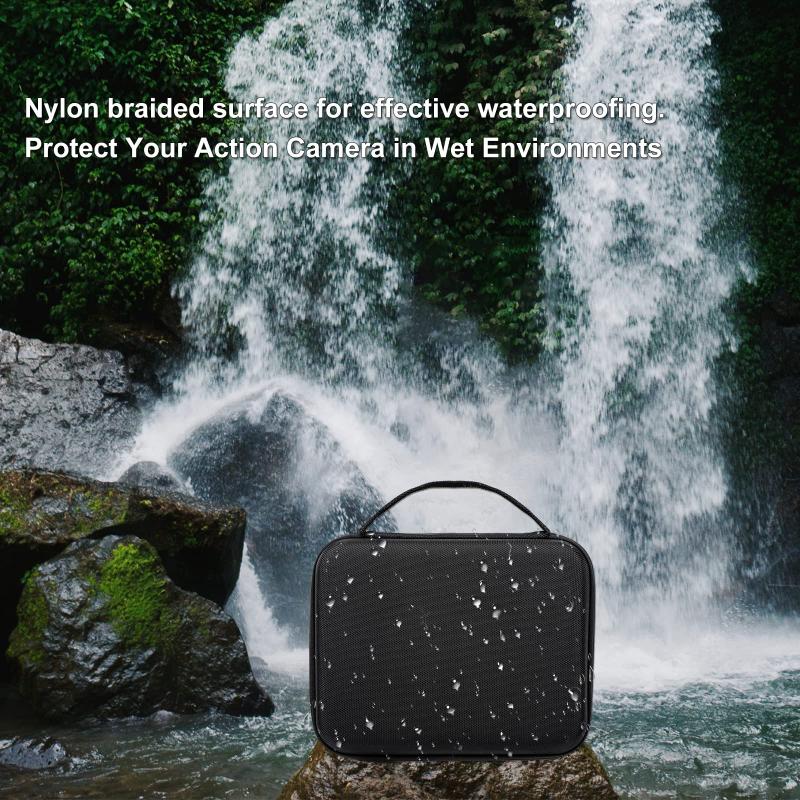
3、 Filter Wallets
Filter Wallets are the best way to store camera filters. These wallets are designed to keep your filters organized and protected from scratches, dust, and other potential damage. They come in different sizes and styles, so you can choose the one that best suits your needs.
One of the latest points of view on filter storage is to use filter wallets that are made of high-quality materials such as leather or nylon. These materials are durable and can withstand the wear and tear of regular use. Additionally, some filter wallets come with a waterproof coating, which is ideal for outdoor photography.
When choosing a filter wallet, consider the number of filters you have and the size of each filter. Some wallets can hold up to 10 filters, while others can hold up to 20 or more. Make sure the wallet you choose has enough slots for all your filters.
Another important factor to consider is the type of closure on the wallet. Some wallets have a zipper closure, while others have a snap or Velcro closure. Choose the type of closure that you find most convenient and secure.
In conclusion, filter wallets are the best way to store camera filters. They keep your filters organized, protected, and easily accessible. Choose a high-quality wallet that is durable, waterproof, and has enough slots for all your filters.
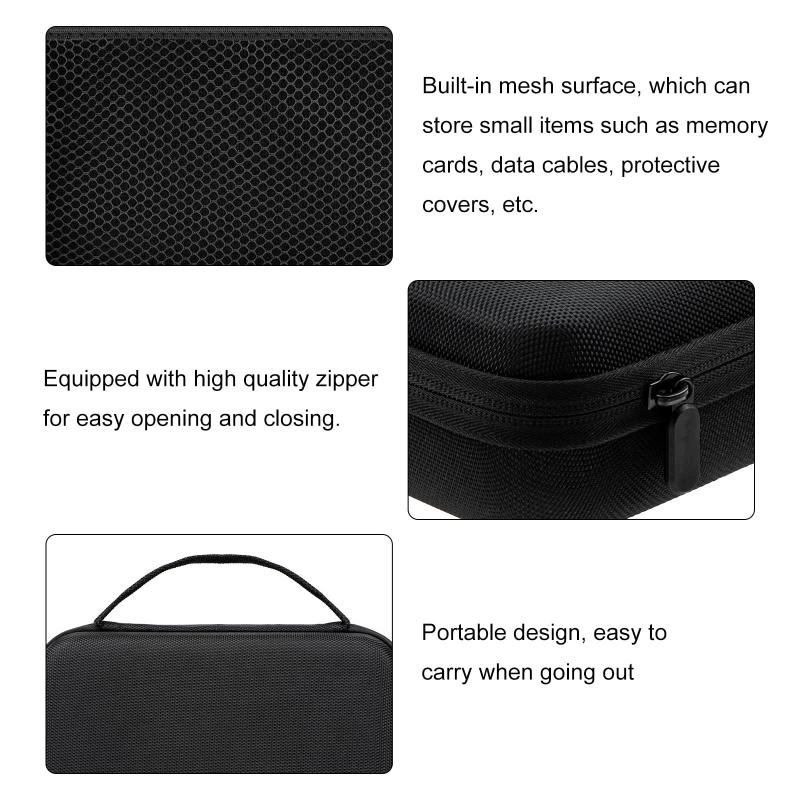
4、 Filter Organizers
How to store camera filters is a common question among photographers. There are several ways to store camera filters, but one of the most popular options is using filter organizers. Filter organizers are designed to keep your filters organized and protected from scratches, dust, and other potential damage.
Filter organizers come in different sizes and shapes, and they can hold various types of filters, including circular, square, and rectangular filters. Some filter organizers are made of durable materials like nylon or leather, while others are made of hard plastic.
One of the latest trends in filter organizers is the use of magnetic closures. Magnetic closures provide a secure and easy way to access your filters, and they eliminate the need for zippers or Velcro. Another trend is the use of compact and lightweight designs, which make it easy to carry your filters with you wherever you go.
When choosing a filter organizer, it's important to consider the number and size of your filters, as well as your storage needs. Some filter organizers can hold up to 10 filters, while others can hold up to 30 or more. Additionally, some filter organizers come with a strap or handle for easy carrying, while others can be attached to your camera bag or belt.
Overall, using a filter organizer is a great way to keep your camera filters organized and protected. With the latest trends in design and functionality, there are plenty of options to choose from that will meet your specific needs.
